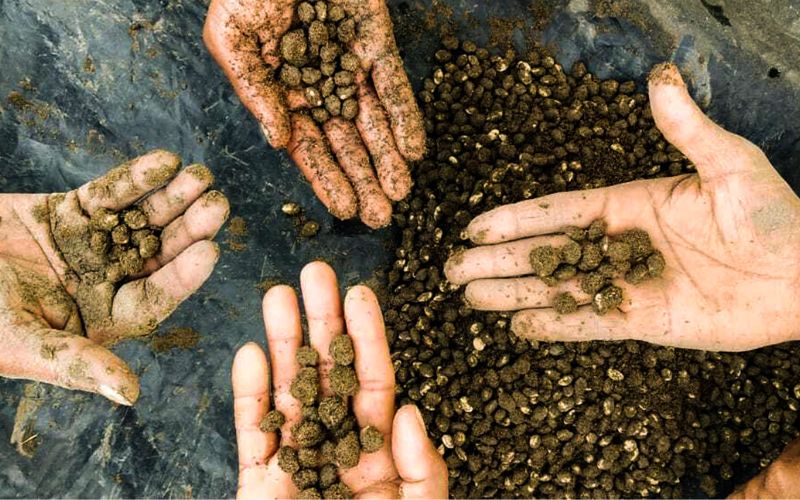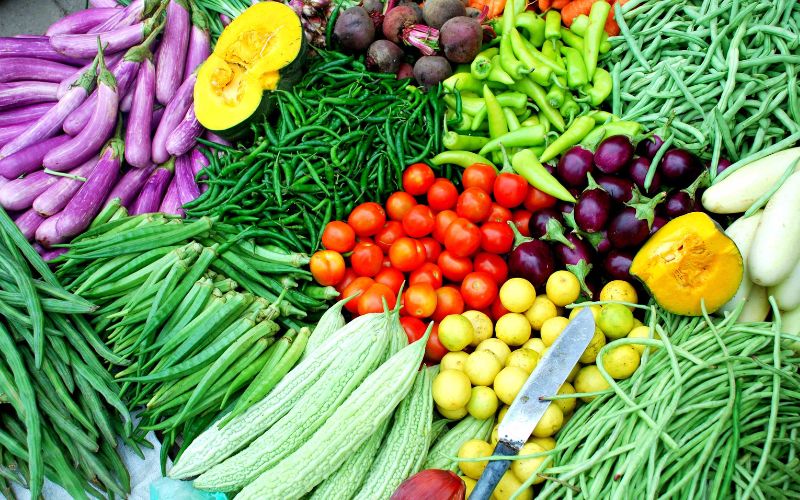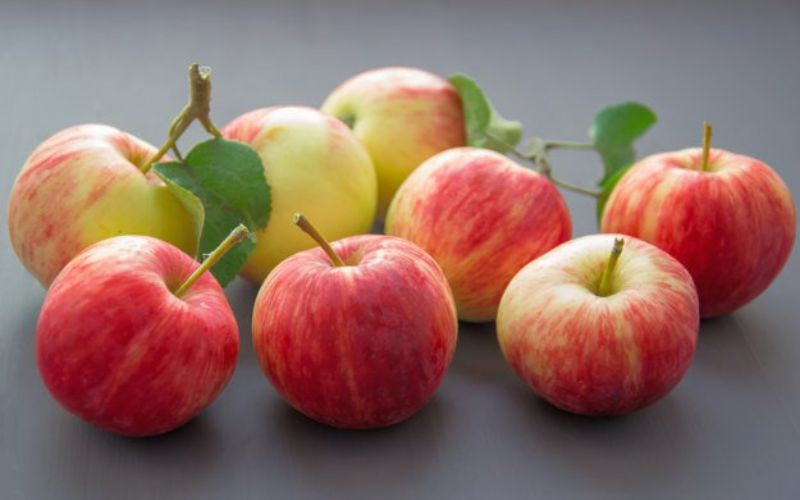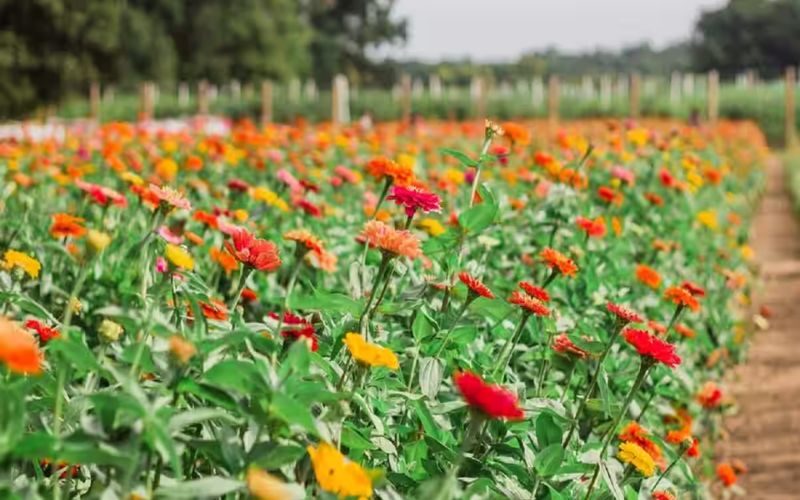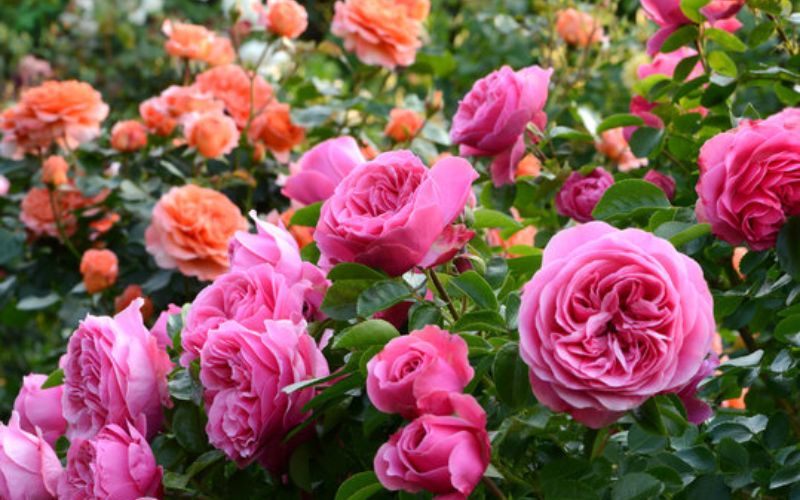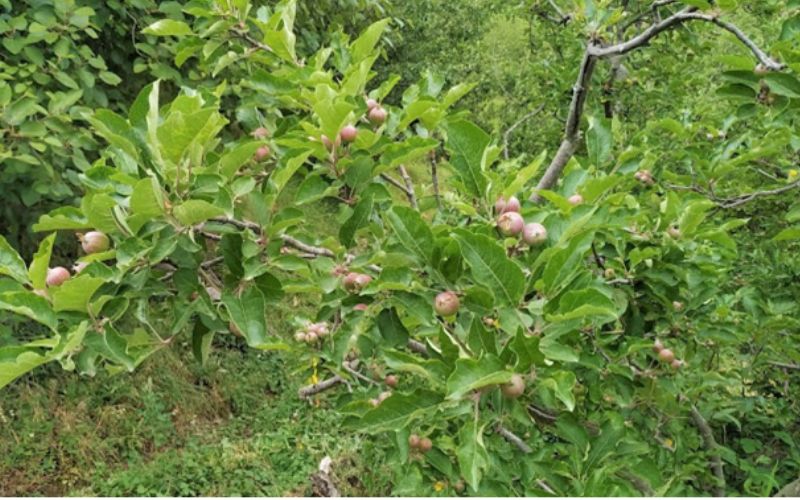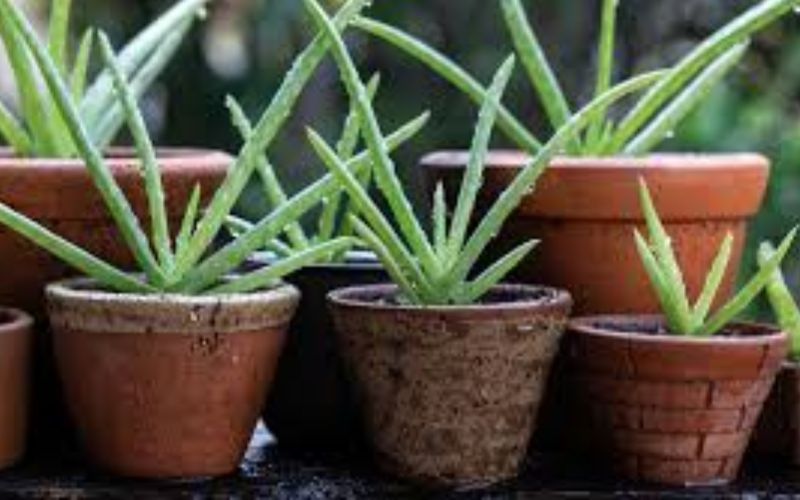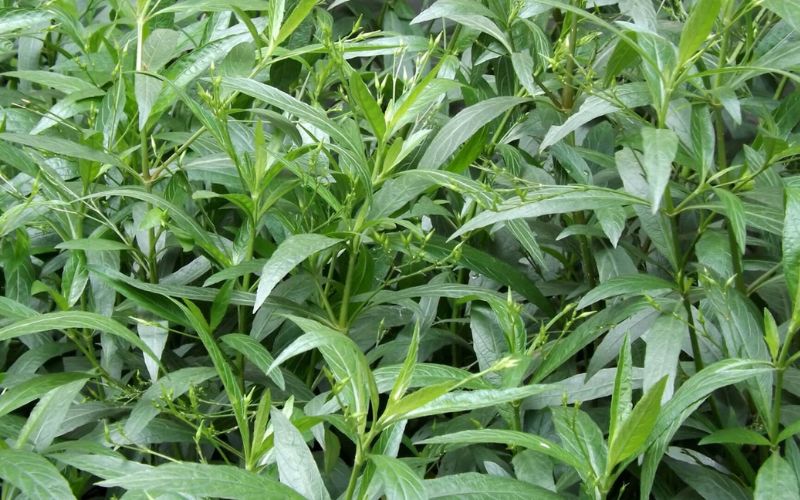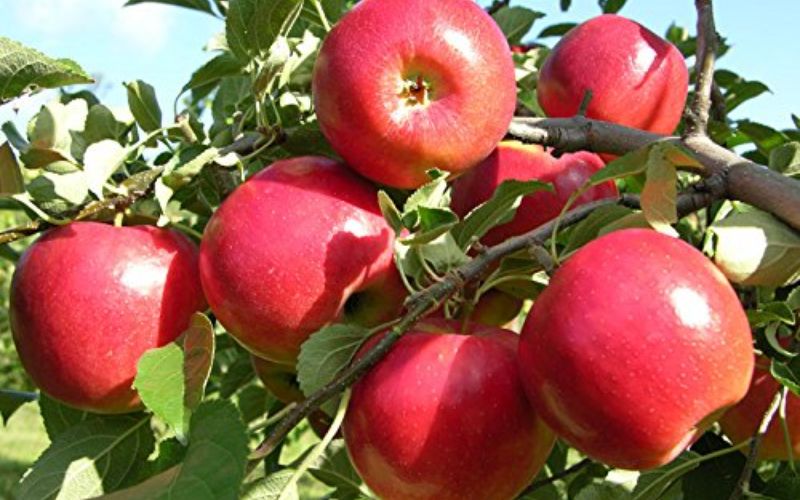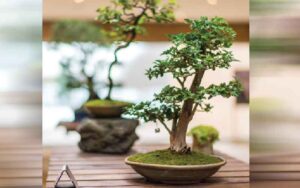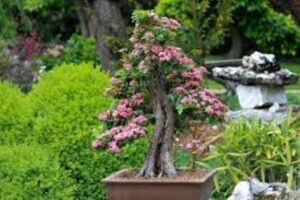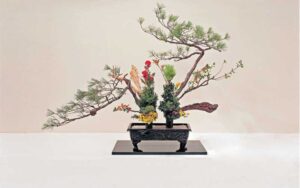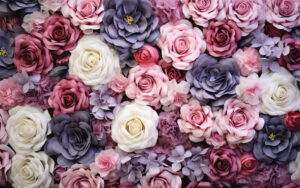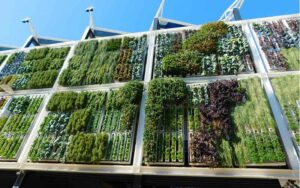Bonsai : The art of growing miniature plants
Bonsai is the ancient art of cultivating and shaping miniature trees in containers. Bonsai is an art, which expresses in miniature the beauty of natural tree forms. The word ‘Bonsai’ is comprised of two words ‘Bon’ means a tray or shallow container and ‘sai’ means to grow. Bonsai is originated from china in 1133 A.D. However, Japanese claims its originators. Now it is considered as a part of domestic, artistic life of the countrymen. There is hardly any house without a bonsai in Japan. Bonsai is a captivating fusion of art and science, requiring patience, knowledge, and skill. It offers a unique way to appreciate and connect with nature on a small scale, creating miniature masterpieces that embody the beauty and tranquillity of the natural world. All over the world with increase in multi-storey buildings the use of bonsai in interior decoration has increased.
Styles of bonsai
1. Formal Upright (Chokkan): A particularly popular type of bonsai is the formal upright style. The trunk of this design is straight and upright, gradually tapering towards the apex. The arrangement of the branches is symmetrical and well-balanced.
2. Informal Upright (Moyogi): In this style, the trunk exhibits slight curves and bends, creating a more organic and naturalistic appearance. The trunk grows upright roughly in the shape of a letter ‘S’ and at every turn branching occurs. The branches are irregularly arranged, reflecting a more relaxed and informal aesthetic.
3. Slanting (Shakan): The slanting sty le is characterized by a trunk that grows at an angle, leaning to one side. This style conveys a sense of resilience and endurance in the face of environmental challenges.
4. Cascade (Kengai): In this style, the trunk cascades downwards below the rim of the container, often resembling a tree growing on a steep mountainside or cliff. It represents the harsh conditions of nature. Branches should grow out horizontally in order to maintain balance of the tree.
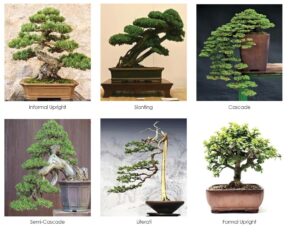
5. Semi-Cascade (Han-Kengai): Similar to the cascade style, but with the trunk curving and descending at a less dramatic angle. It conveys a sense of harmony between the cascading branches and the container. The crown is usually above the rim of the pot while subsequent branching occurs below the rim.
6. Literati (Bunjin): This style features an elongated and slender trunk with twists and turns, giving the impression of a tree growing in exposed, harsh conditions. It reflects a sense of elegance and sophistication. Some branches are “Jinned” (without bark), When the bark has been removed from one side of the trunk, the trunk is referred to as a “Shari”.
7. Broom (Hokidachi): The broom style is suited for deciduous trees with extensive, fine branching. The broom style exhibits a straight, upright trunk with branches radiating out in a symmetrical manner. The overall shape resembles an open umbrella or broom, hence the name.
8. Multi-Trunk (kadabuki): In this style, multiple trunks emerge from the same root system, creating a forest-like appearance. It conveys the beauty of trees growing together in a natural setting.
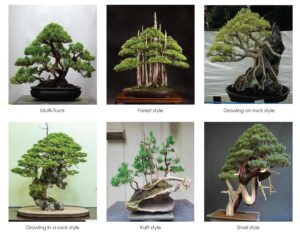
9. Forest style (Yose-ue): The forest style looks a lot like the multi-trunk style, but the difference is that it is comprised of several trees rather than one tree with several trunks. The most developed trees are planted in the middle of a large and shallow pot.
10. Growing on rock style (Seki-joju): Trees on rocky terrain are forced to search for nutrient-rich soil through their roots, which can sometimes be found in cracks and holes because the roots are exposed before they reach the earth, they must protect themselves from the sun by growing a unique bark around them because the roots of tree grow over a rock into the pot.
11. Growing in a rock style (Ishisuki): The roots of the tree are growing in the cracks and holes of the rock in this style. This means that the roots have little space to grow and absorb nutrition. Trees growing on rocks will never appear truly healthy, thus it should be obvious that the tree is struggling to survive because there isn’t much area to retain water and nutrients.
12. Raft style (Ikadabuki): Sometimes a broken tree might live by pointing its branches upward. The old root system can supply enough nutrients for the branches to survive. After a while, new roots will sprout, eventually taking over the role of the previous root system. As a result of the increased influx of nutrients, the old branches that now point towards the air grow into trunks with several branches.
13. Shari style (Sharimiki): As a result of extreme weather conditions, some trees develop bald or barkless areas on their trunks over time. The bald spot normally starts where the roots emerge from the ground and grows thinner as it progresses up the trunk. Intense sunshine will bleach these areas, forming a distinct feature of the tree.
Equipments and tools for bonsai
1. Plant: Lot of knowledge, perseverance and experience is required to select a right plant. Plants with smaller flowers and fruits are selected as foliage automatically gets reduced to about 1/4th. Plants bearing flowers on leafless branches are very good. Plants selected must be able to grow in stress conditions of small growing medium and low nutrients. Important plants for making bonsai are Amaltas, Araucaria, Babul, Bamboo, Banyan, Ber, Bottle brush, Bougainvillea, Casuarina, Cherry, Chinese orange, Coranda, Cryptomeria, Deodar, Duranta, Excoecaria, Gulmohar, Hibiscus, Ixora, Jacaranda, Java fig tree, Murraya, Malpighia, Oleander, Peach, Pines, Pilkhan, Pipal, Plum, Prosopis, Silver oak, Tamarind, etc.
2. Pots: The width of the pot should be less than half the height of the plant. Square, round, oval, rectangular, heart, hexagonal or octagonal shape with one drainage hole at the bottom. For hardy plants square planter is best. For tender plant round planter is used and for landscaping purpose shallow pots are used.

3. Potting mixture: Akadama is a traditional bonsai soil component from Japan. It is a type of clay that retains moisture while allowing for good drainage and aeration. Akadama breaks down over time and helps develop a fine root structure. It is often used in combination with other components. Coarse, well drained medium which provide basic needs like water, oxygen and nutrition. Equal portion of soil, leaf mould and crushed bricks or sand is ideal medium. Top layer must have sufficient humus.
4. Tools: Potting sticks, sieves, copper wire of 10 to 22 gauze, wire cutter, leaf cutter, pruning knife and secateurs, butterfly cutter, branch knob cutter, branch splitter, root rake, root hook, root cutter, branch jack, branch bender etc.
5. Watering can: Proper watering is crucial for bonsai health. Water the tree when the soil feels slightly dry to the touch. Avoid overwatering or allowing the soil to completely dry out. Use a watering can or a gentle spray nozzle to water evenly, ensuring the water reaches the roots. Best time for watering is morning or evening.
6. Fertilizer: Bonsai trees benefit from regular fertilization to provide essential nutrients. Use a balanced, slow-release organic fertilizer or a bonsai-specific fertilizer during the growing season. Sludge or well rotten cow dung slurry. Groundnut and cotton or neem cake 1 kg each is mixed in five litres of water. This is allowed to rotten or ferment for about a month before diluting another five times. A mug of this is given twice in a month. A pinch of bone meal and SSP mixed is also very beneficial.
Propagation of bonsai
Bonsai can be made from the sowing of seeds, cutting, layering and grafting. It can be directly made from the purchased plant from the nursery. Best option is collection of plants from the forests or field. Best planting time of bonsai is July-August and February- March.
Planting of bonsai
Select a pot that is appropriate in size and style for bonsai tree. The pot should have drainage holes to prevent waterlogging. Clean the pot thoroughly to remove any dirt or debris. If the pot doesn’t have drainage holes, drill some holes in the bottom to ensure proper drainage. Bonsai soil is typically a well-draining mix that retains some moisture.
Gently remove the plant from
its current container and inspect the roots. Pruning the roots helps to maintain their size and promotes a healthy root system. Place the tree in the pot and position it slightly off-centre to create a more natural and visually pleasing composition. Start adding bonsai soil around the tree’s roots, filling the pot gradually. Use a chopstick or a similar tool to gently work the soil in between the roots, ensuring there are no air pockets. Insert a bonsai wire or two into the soil and carefully bend them over the trunk to secure the tree in place. After planting, water the bonsai thoroughly until water drains out from the bottom of the pot. This ensures that the soil is evenly moist and eliminates air pockets. Apply a thin layer of moss or small pebbles on top of the soil to help retain moisture and provide a finished look to the bonsai.
Bonsai trees are typically indoor plants, but some species can thrive outdoors as well. Determine the appropriate location based on the species of bonsai. Consider factors such as sunlight, temperature, and humidity requirements. Bonsai trees have specific light and temperature requirements. Most bonsai prefer bright, indirect sunlight, but some species may require more or less light. Additionally, maintain an appropriate temperature range suitable for the species. Avoid placing of bonsai near drafts or extreme temperature fluctuations.

Pruning in bonsai
Maintenance Pruning involves the regular removal of small twigs, shoots, and branches to maintain the desired shape and size of the bonsai. It is typically done with bonsai shears or scissors. Structural Pruning focuses on major branch selection and removal, shaping the primary branches, and establishing the overall framework of the tree. It is often done during the tree’s development phase. Pinching refers to the removal of the tips of new growth with your fingers. It helps stimulate back-budding (the growth of new shoots closer to the trunk) and encourages ramification. Defoliation is the selective removal of leaves from deciduous trees. It is done to promote finer branching, improve ramification, and enhance the overall refinement of the tree.
Wiring in bonsai
Wiring is a fundamental technique in bonsai that allows you to shape and position branches and trunks to achieve the desired design and aesthetic appeal. Wiring is primarily used to guide the growth of branches and trunks, giving them a desired shape and direction. The best time to wire a bonsai tree is during its active growth period, typically in spring or early summer. Avoid wiring during periods of dormancy or when the branches are fragile and brittle. Leave the wire in place until the branch sets in the desired position.
Bonsai is a miniature form of nature. Some people believe that bonsai restricts our progress by controlling plant growth but how one small plant can restrict our growth? Bonsai requires patience which symbolize that people should have a patience in their life and it is the process of observing and connecting with nature. Bonsai is often associated with Zen philosophy, which emphasizes harmony, simplicity, and a deep connection with nature. Bonsai is a lifelong learning process. Bonsai enthusiasts are constantly seeking knowledge and refining their skills. They study various tree species, bonsai techniques, and traditional styles. They attend workshops, join clubs, and engage in discussions with other enthusiasts to expand their understanding of bonsai.


